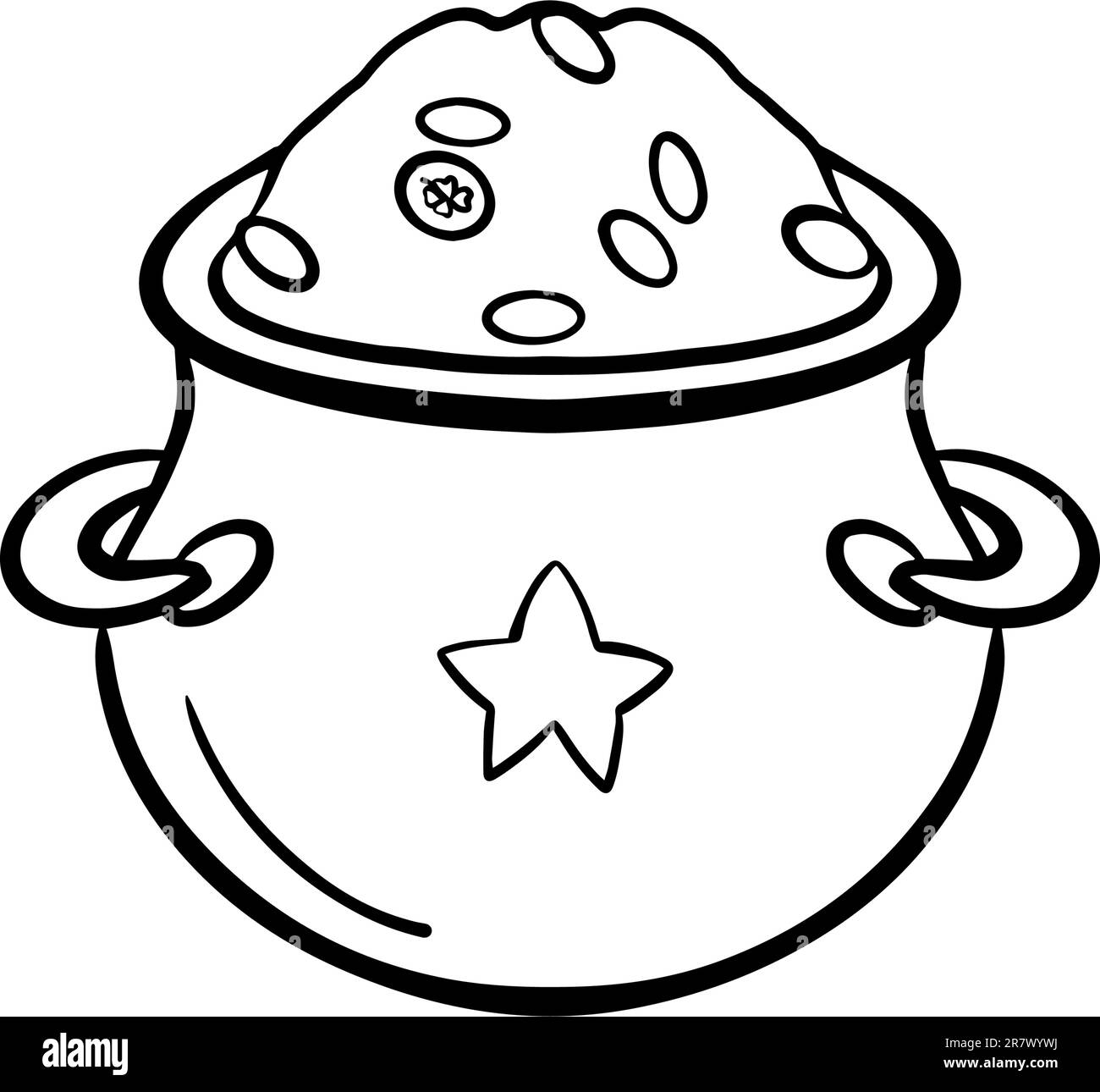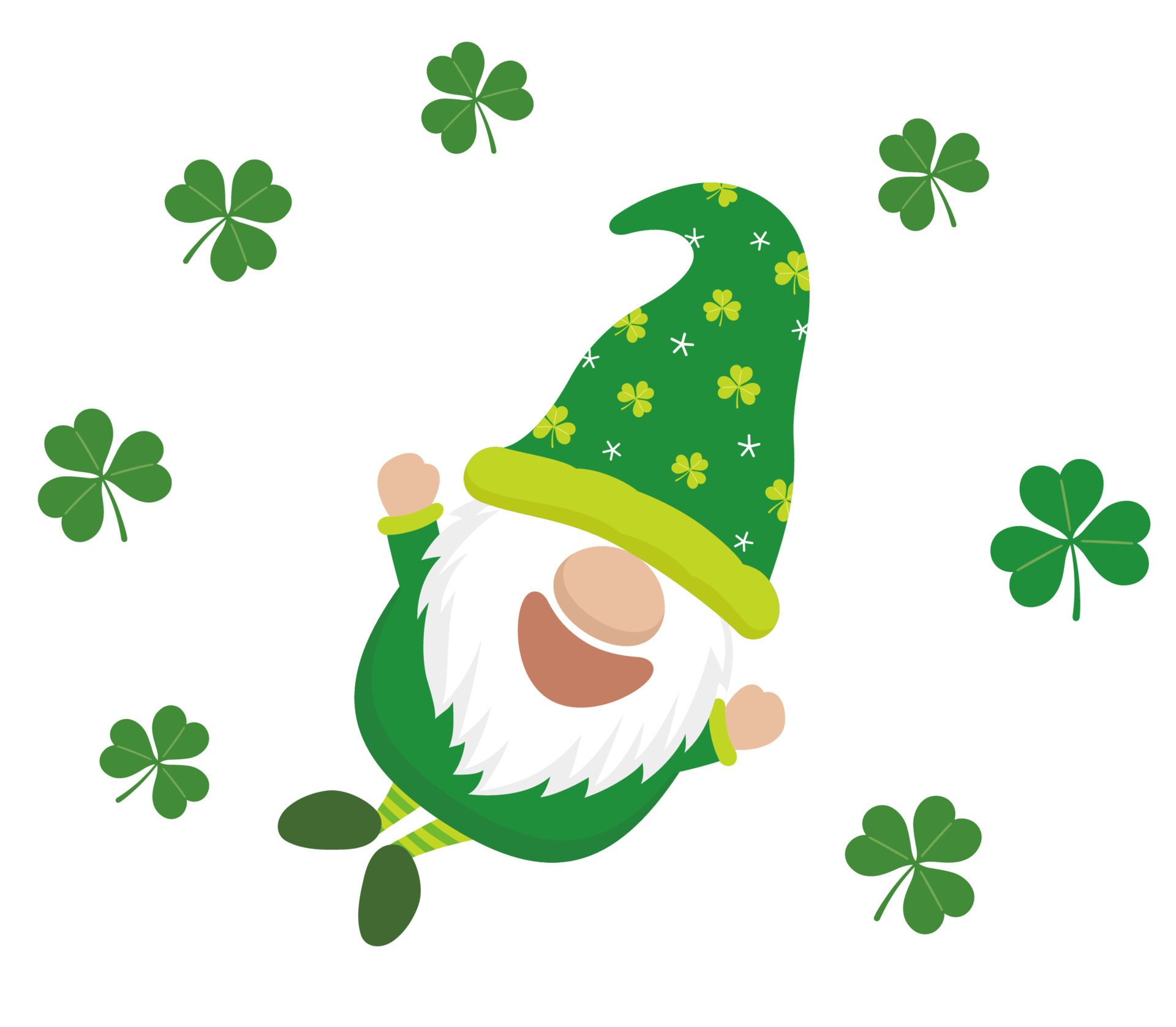Gallery
Photos from events, contest for the best costume, videos from master classes.
 |  |
 |  |
 |  |
 |  |
 |  |
 |  |
St. Patrick’s Day is celebrated annually on March 17, the anniversary of his death in the fifth century. The Irish have observed this day as a religious holiday for over 1,000 years. On St. Patrick’s Day, which falls during the Christian season of Lent, Irish families would traditionally attend church in the morning and celebrate in the St. Patrick's Day Celtic Mythology Trivia No teams 1 team 2 teams 3 teams 4 teams 5 teams 6 teams 7 teams 8 teams 9 teams 10 teams Custom Press F11 Select menu option View > Enter Fullscreen for full-screen mode Happy Saint Patrick's Day and happy second week of Lent. For those of you with a smartphone, the worship page may be found on the parish web page right next to the bulletin. Today, we welcome in a special way those who join us for this special mass honoring Saint Patrick and as we gather, let us stand and greet one another. Of you my heart has The St. Patrick's Day celebrations we recognize today are actually a product of Irish immigrants in America. Parades sprung up in major U.S. cities in the 1700s, including Boston and New York City. If you’ve ever wondered who Saint Patrick really was or why people around the world wear green on March 17, you’re not alone. Many celebrate St. Patrick’s Day with parades, festivals, green clothing, and maybe a pint of Guinness—but the history behind the day is both fascinating and inspiring. This is the reason of Saint Patrick's day. When he died, people were really sad and they decided to honor his death. Because Patrick died in spring ahd we wear green clothes to show our honor for him. But, can you guess why is so important green colour for this celebration? This celebration is not only important in Ireland. The meaning of SAINT PATRICK'S DAY is March 17 observed by the Roman Catholic Church in honor of St. Patrick and celebrated in Ireland in commemoration of his death. Saint Patrick’s legacy continues to be celebrated annually on March 17, known as Saint Patrick's Day, commemorating both his life and his contributions to Christianity. Early Life and Education Saint Patrick was born in Britain circa 386 AD, into a family with notable religious heritage. The day honoring the patron saint of Ireland is a global celebration of Irish heritage. The spread of St. Patrick's Day celebrations in the U.S. was a way for Irish immigrant communities, who What is the story of St. Patrick's Day? St. Patrick's Day was originally a religious observance in Ireland, his Feast Day, honoring the day of his death. Irish immigrants brought the observance to the United States in the 19th century where it has since become St. Patrick's Day, honoring Irish culture and heritage. Saint Patrick’s Day, feast day (March 17) of St. Patrick, patron saint of Ireland. People of that country celebrate the day with religious services and feasts, but Saint Patrick’s Day has transformed into a largely secular holiday of revelry in other parts of the world. This article explores the real Saint Patrick—his origins, his mission in Ireland, and how his legacy became intertwined with legend over the centuries. The Early Life of Saint Patrick Saint Patrick’s story begins not in Ireland, but in Roman Britain, where he was born in the late 4th or early 5th century. It's celebrated on March 17 annually to honor St. Patrick's death date. Who was St. Patrick? According to History.com, St. Patrick was born in Roman Britain in the late 4th century. He was The earliest recorded St. Patrick's Day celebrations are from the 9th and 10th centuries when the day of his death was declared a Roman Catholic feast day. X Research source Catholics celebrate feast days throughout the year to honor the many saints and other important figures in their religion. [7] St. Patrick returned to Ireland as a priest and missionary. He traveled, preached, and established churches. His ministry practically converted a whole nation. We celebrate St. Patrick’s Day on March 17, the date of his death, to honor his faith and courage. March 17, believed to be the day of Patrick’s death, was designated as a feast day in his honor. Over time, St. Patrick’s Day grew from a religious observance to a global celebration of Irish culture. Practical Implications of Saint Patrick’s Life. Patrick’s life offers practical lessons for Christians today: St. Patrick’s Day is a global celebration of Irish culture that takes place annually on March 17, the anniversary of the patron saint of Ireland's death in the fifth century. The holiday has Whether through the history of Saint Patrick’s Day, the history and legend of Saint Patrick, or his enduring prayers, his legacy remains strong in the Church and beyond. So, when you celebrate Saint Patrick’s Day 2025, remember that it’s more than just a day for parades and parties—it’s a day to honor—and thus emulate—a man whose The Feast of St. Patrick. March 17, the date of St. Patrick’s death, is celebrated as his feast day. It is a public holiday in Ireland and is marked by parades, wearing green attire, and enjoying festive meals. Interestingly, St. Patrick's Day has transcended its religious origins to become a celebration of Irish culture worldwide. St. Patrick’s Day: History, Traditions & Fun Facts St. Patrick’s Day is one of the most widely celebrated cultural and religious holidays around the world. What started as a solemn feast day in honor of Ireland’s patron saint has transformed into a global festival filled with parades, music, dancing, and a whole lot of green.
Articles and news, personal stories, interviews with experts.
Photos from events, contest for the best costume, videos from master classes.
 |  |
 |  |
 |  |
 |  |
 |  |
 |  |